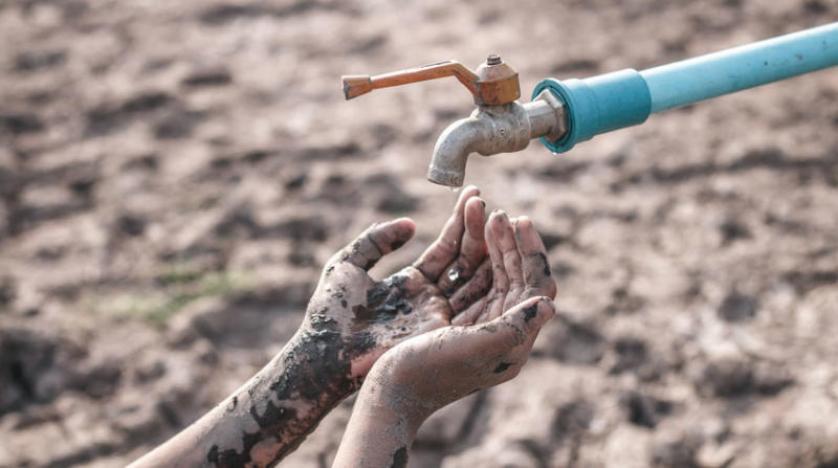Bali faces a growing water crisis caused by population growth, tourism and mismanagement of water resources. The volcanic tropical island relies on three main sources of water: the crater lake or crater, rivers, and groundwater.
The water is distributed through the traditional irrigation system called Subak, which includes a group of channels, dams and tunnels that are distributed throughout the island. The Subak irrigation system reflects Balinese Hindu philosophy, which focuses on harmony between humans, nature and the spiritual world.
UNESCO added Subak to the World Heritage List in 2012 for its cultural importance. The irrigation system has come under great pressure as a result of population growth, according to Putu Bawa, project manager for the Bali Water Conservation Programme.
“It is no longer possible to work in the fields as a farmer.”
According to government census data, the island’s population increased more than 70% from 1980 to 2020, to about 4.3 million people. The groundwater level in Bali has fallen by more than 50 meters in some areas. The effects of the water crisis can be clearly seen in Jatiluyeh, which is located in northwest Bali and is famous for its largest rice terraces.
For generations, rice cultivation has relied on the Sobek irrigation system, but due to increasing water scarcity, farmers have to pump water through plastic pipes to irrigate the crops. “It is no longer possible to work in the fields as a farmer,” says farmer Ketut Jata, whose land, ideal for growing rice, has dried up.












